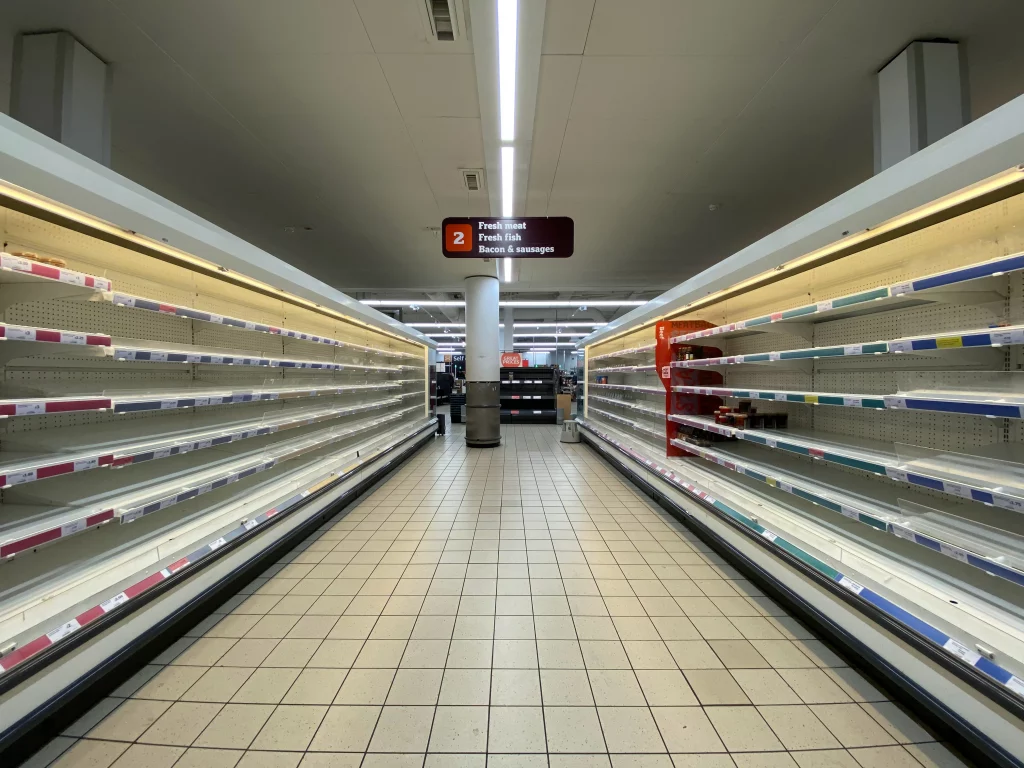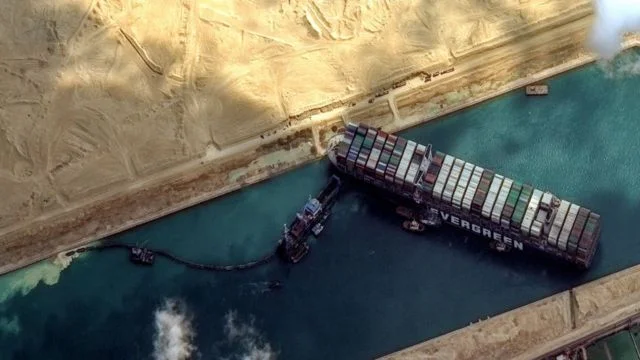
The Covid-19 pandemic has significantly affected our habits. Since its outbreak, consumers and businesses have been facing unprecedented shortages. Some of the products that were once widely available have become scarcer and harder to find. Suppliers, on the other hand, are having trouble honoring their commitments and making the system function. These supply chain problems have even caused prices to rise everywhere! And according to forecasts, these problems won’t be solved any time soon. We cover the issue in this article.
Global supply chain stability is not around the corner
According to Accenture, 94% of Fortune 1000 companies have experienced multiple supply chain disruptions due to the emergence of Covid-19. They are having an increasingly difficult time meeting demand and fulfilling their commitments as suppliers. This imbalance is being experienced by both large distributors and retailers; shortages are everywhere.

Seaport saturation, chip shortages, raw material price increases, and a shortage of truck drivers are all obvious symptoms of supply chain inefficiencies. Even companies with good cash flows are being hit hard by this situation due to a lack of components. Things are not going to get better anytime soon. As Pete Buttigieg, the U.S. Secretary of Transportation, states, the supply chain disruption will continue throughout 2022.
Causes of supply chain disruptions
In light of these facts, it is fair to ask how we got here. It is important to remember that the supply chain crisis is not the result of a single factor. Rather, it is the result of a combination of events. Here are two of them.
-
The shortage of shipping containers
Many companies depend on international trade. Currently, these companies are facing a real shortage of shipping containers for transporting raw materials as well as related product costs. This is due to two things: on the one hand, the refusal of shipping companies to send back empty containers to Asia for the past several years and on the other hand, the disruption of maritime traffic due to the blockage of the Suez Canal. As a result, container prices have reached new highs, making the situation even more difficult for companies to manage.
-
Dependence on China
It’s no secret that the global economy is hugely dependent on China. So, when the Asian giant had a coughing fit, the entire supply chain was shaken. The smooth flow of international trade took a hit, and with it, the ability of companies to meet the demand.
Data from China’s National Bureau of Statistics indicated that the country’s economy grew at a slower pace – 3% less than the second quarter in 2021. This data certainly supports the idea that the supply chain imbalance will remain for a while.
These two events are just two examples of many. The supply chain crisis is also the result of poor storage space management and the semiconductor crisis. To overcome this, it is important that companies try new logistic practices and integrate new technologies into their supply chains.
